Finland is one of the most beautiful places in Europe to fly drones — from pristine forests and thousands of lakes to Arctic fjords and the Northern Lights in Lapland. But before you take off, it’s crucial to understand the rules, restrictions, and tools available to ensure safe, legal, and enjoyable flights.
Finland follows the European Union Aviation Safety Agency (EASA) drone regulations, incorporated into national law. This means most rules you’ll encounter are common across EU countries, but Finland also has its own implementation specifics.
If your drone weighs 250 g or more, or has a camera or sensor capable of recording personal data, you must register as a drone operator on Finland’s official authority website. E-Services Traficom
(Currently, registration requires self-authorization through an Electronic ID Card, which for the time being is only possible with an RFID vard reader attached to your PC. (I am working on this process and will provide a detailed update once finalized.)
After registration, unless you are EASA certified, you also need to complete an online theoretical knowledge exam.
Once registered, your Operator ID must be attached to your drone airframe and visible.
📌 Drones under 250 g without cameras and classified as toys generally have fewer requirements under EU rules, but always check the national specifics too. UAV Coach
These rules are essential for both recreational and commercial flying:
Visual Line of Sight (VLOS): You must always keep your drone in direct sight. Traficom
Max Altitude: 120 m (400 ft) above ground level unless otherwise permitted. Traficom
Never fly over uninvolved people or crowds. UAV Coach
Respect the privacy laws — you can’t capture people without consent or invade domestic privacy. Traficom
You must yield to all manned aircraft at all times. UAV Coach
The authoritative source for geozone (no-fly/restricted/permissive) information is the Traficom droneinfo site:
👉 https://www.droneinfo.fi/
This is where Finland publishes:
UAS geographical zones
Prohibited areas (P areas)
Restricted areas (R areas)
Temporary restrictions
Always check this site before flying — manufacturer geofencing (like DJI maps) may not include all Finnish zones. Droneinfo+1
Traficom can establish zones that:
Prohibit drones completely
Restrict flights unless conditions are met
Allow certain operations with extra conditions
These zones are published and updated regularly on droneinfo.fi and can be downloaded in machine-readable form for flight planning tools. Droneinfo
Under Finnish law:
Prohibited areas (P) — all aviation activities are forbidden. Droneinfo
Restricted areas (R) — require special permission, often from Defence Forces. Droneinfo
Temporary restrictions — established for events, military exercises, or safety reasons; published via AIP supplements at ais.fi and shown on apps like Flyk. Droneinfo
👉 Example: Helsinki’s port has restrictive UAS zones where you must have a special permit to fly. Helsingin Satama
Controlled airspace near airports may require permission via air traffic services if you want to fly near or above specific distances. fintraffic.fi
Eastern border ADIZ area: Requires additional planning and may require a flight plan. Droneinfo
Military or sensitive areas: Photography or flight may require permits from the Finnish Defence Forces. Puolustusvoimat
Lapland is a special case thanks to its wilderness, nature reserves, arctic climate, and tourism appeal.
Lapland’s tourism board acknowledges the attractiveness of drone footage, but also highlights:
Basic drone laws still apply (registration, VLOS, altitude limits, no flying over crowds). Lapland - Above Ordinary
For specific productions or commercial filming projects, written permission or permits may be needed. Lapland - Above Ordinary
Film Lapland can assist with guidance and permitting information if you’re doing professional drone filming. Lapland - Above Ordinary
Here’s the general drone filming portal for Lapland (includes tips and permit info):
👉 https://www.lapland.fi/film/plan-your-production/drone-filming-finland/ Lapland - Above Ordinary
In Lapland, Finland’s unique natural and cultural landscape adds extra responsibilities:
Everyone’s Right (jokamiehenoikeus) allows you to access and film in the wilderness, but you must minimize disturbance. Lapland - Above Ordinary
Respect wildlife (especially reindeer and birds in nesting season). Lapland - Above Ordinary
In urban Lapland (e.g., Rovaniemi), local airport restrictions can be stringent — for example, you may need airport ATC permission to fly near Santa Claus Village and surrounding areas. Visit Rovaniemi
✔️ Droneinfo.fi — Finnish Transport and Communications Agency (Traficom)
📍 Official geozone, restricted area news, registration — must check here first. Traficom
✔️ Fintraffic ANS / AIS — ais.fi
📍 Aeronautical info including temporary airspace restrictions and NOTAMs. Droneinfo
✔️ Flyk service
📍 A map service showing current airspace restrictions. Droneinfo
✔️ Drone planning apps (AltitudeAngel, Drone Safety Map, etc.)
📍 Helpful for planning, but always cross-check with official sources. dronesafetymap.com
✨ Always do a pre-flight check of:
Weather conditions - METAR (especially in Arctic Lapland),
Active NOTAMs,
Any temporary flight restrictions
METAR & NOTAMS [Helsinky Airport] can be found here: https://www.windy.com/airport/EFHK?2025-12-25-03,60.327,24.957,8
You can then select a closest airport to your location for METAR and NOTAMS in the area.
Local permissions
📌 Respect people’s privacy and local laws regarding filming over inhabited areas. Traficom
📌 Keep backup batteries warm in cold climates — Lapland temperatures can drastically reduce battery life.
📌 If you’re flying commercially or for profit, consider liability insurance even if not strictly mandatory in all cases.
🔗 Droneinfo (Traficom) — official Finnish drone info and geozones
👉 https://www.droneinfo.fi/ Droneinfo
🔗 Flyk Drone Map (for current airspace restrictions)
👉 https://flyk.com/map?drone&lang=en reddit.com
🔗 Lapland Film Drone Info — drone filming info & permit guidance
👉 https://www.lapland.fi/film/plan-your-production/drone-filming-finland/ Lapland - Above Ordinary
🔗 Aeronautical Information Service (AIS Finland) — temporary restrictions
👉 https://ais.fi/ Droneinfo
Flying drones in Finland is an incredible experience, but it comes with obligations and responsibilities. Whether it’s the forests near Helsinki or the arctic skies of Lapland, the key to safe, legal flights is:
✔️ Understand and follow EU + Finnish rules
✔️ Register and pass necessary exams
✔️ Check official geozone and restriction maps
✔️ Respect people’s privacy and sensitive areas
✔️ Prepare for local conditions — especially in Lapland
With the right preparation, Finland offers some of Europe’s most stunning drone filming opportunities!

Finland is one of the most beautiful places in Europe to fly drones — from...
READ MORE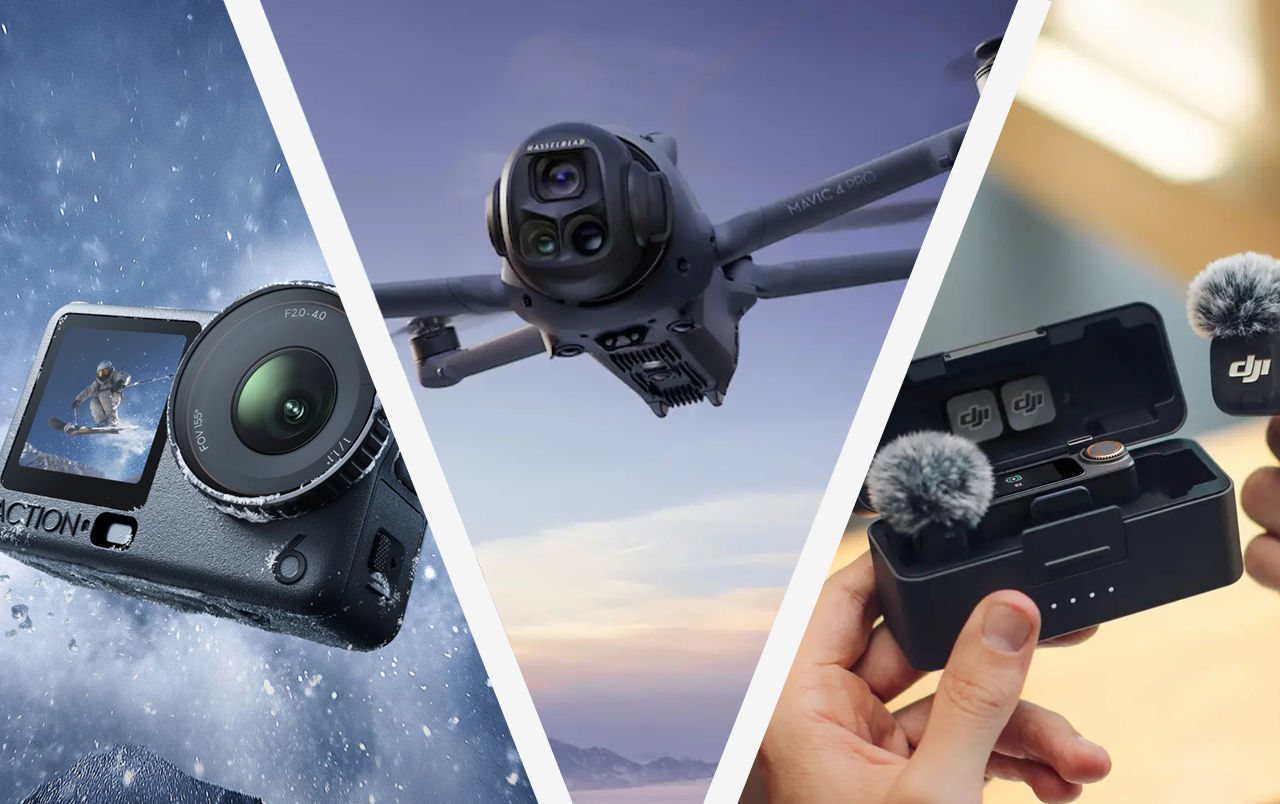
As someone who has built a professional workflow around drones, I rarely get emotional about...
READ MORE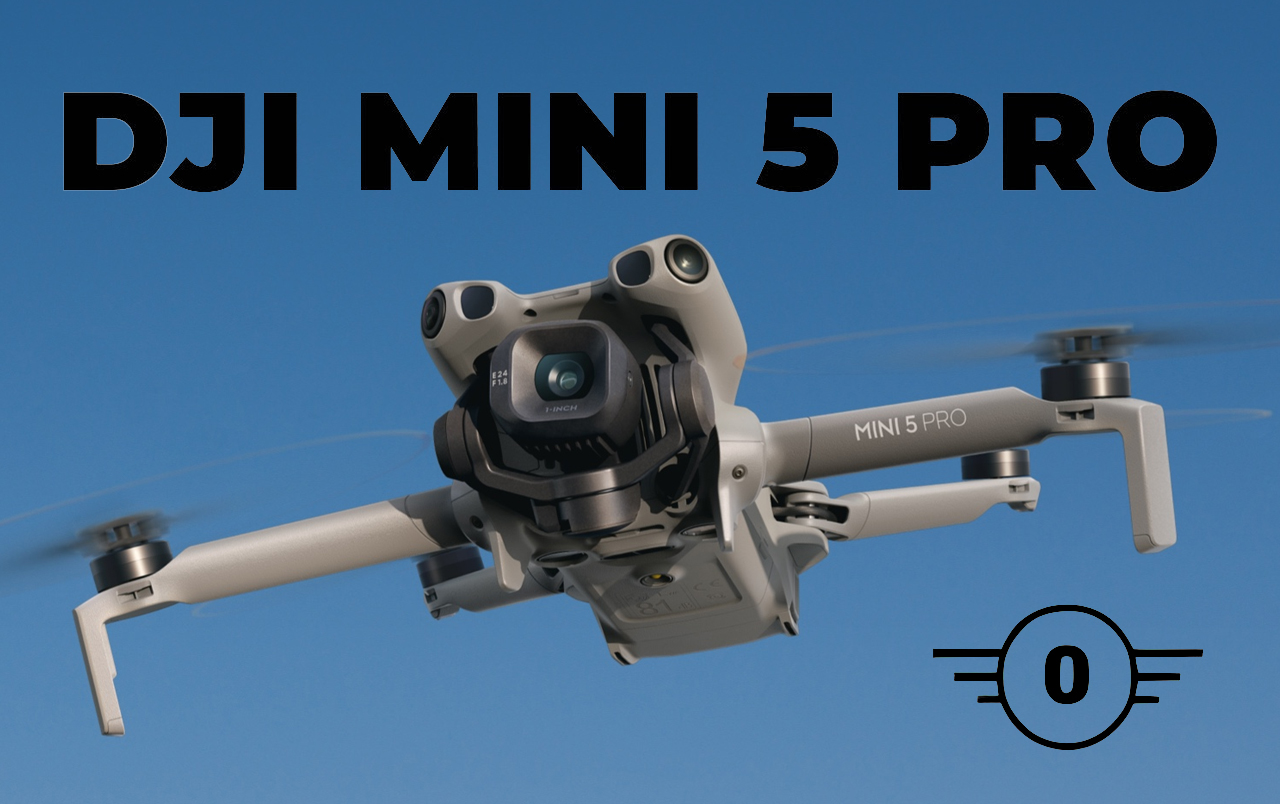
When DJI released the Mini 5 Pro , one of the biggest debates among drone...
READ MORE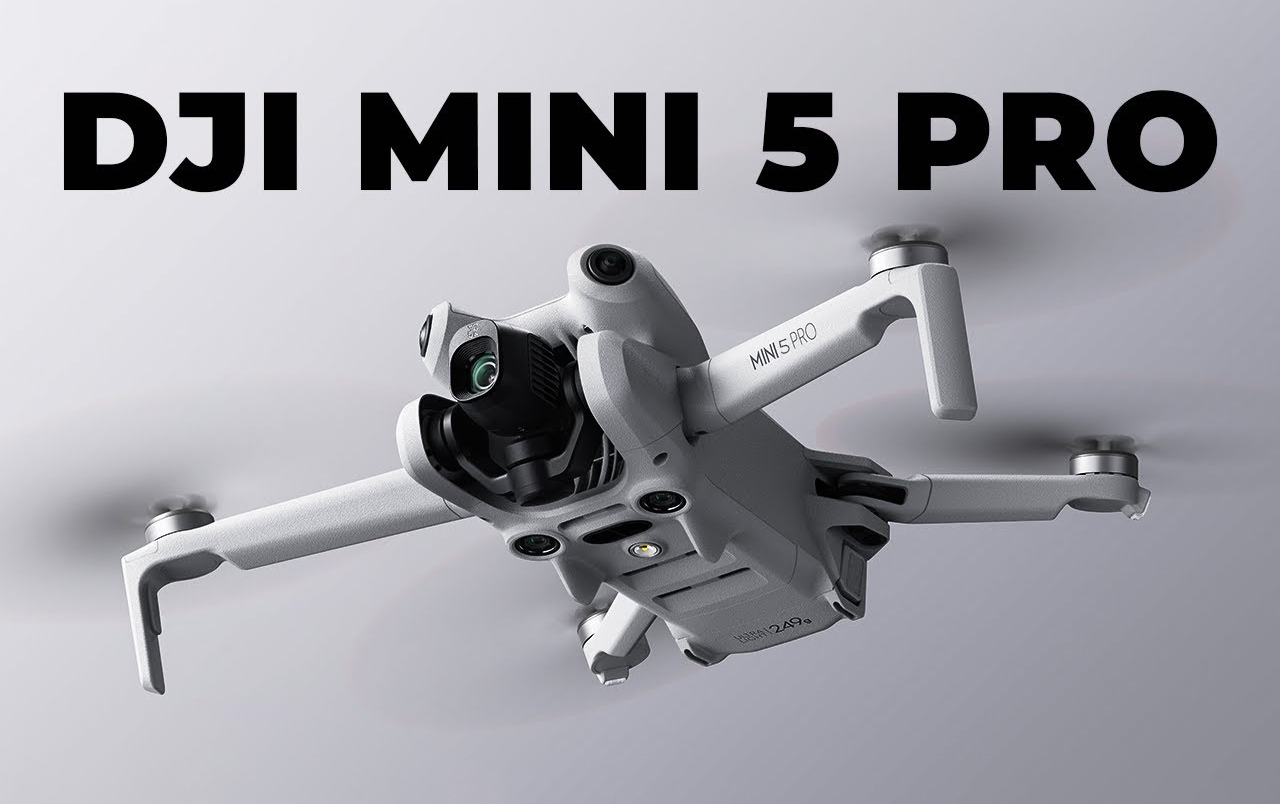
1. Design & Obstacle Detection From leaked images, the Mini 5 Pro closely...
READ MORE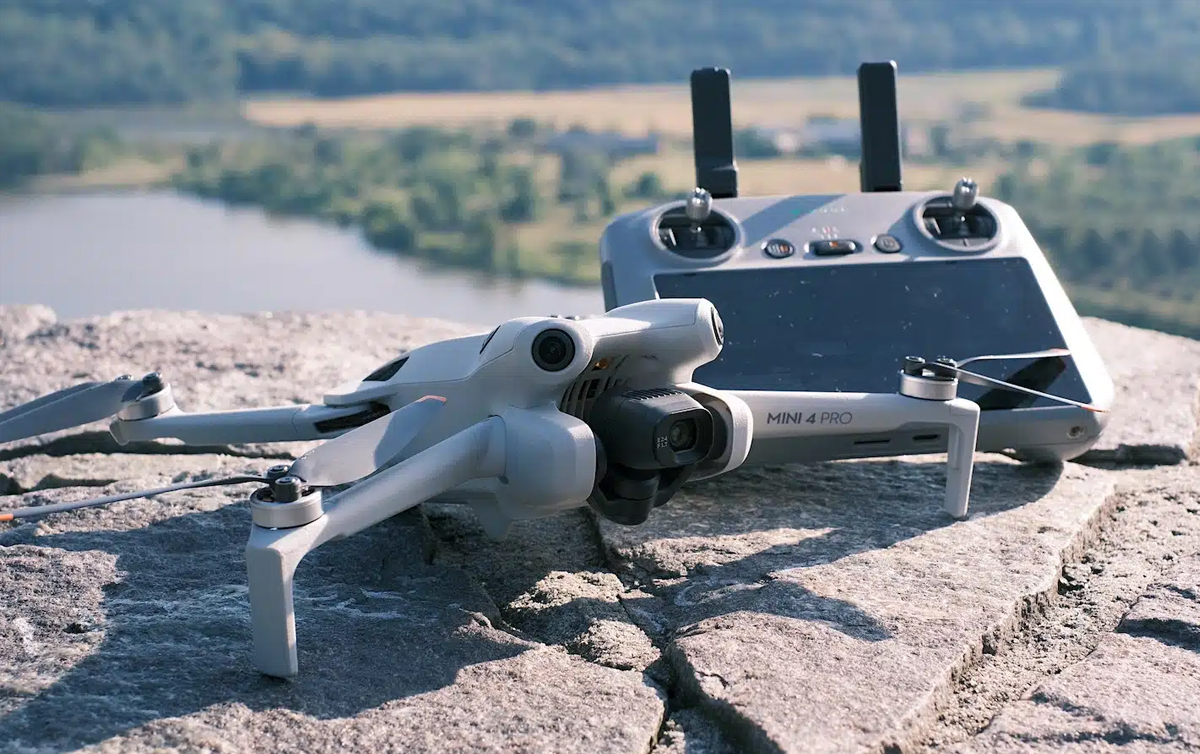
🛡️ Insurance Is Mandatory Whether you’re flying for fun or for work, drone insurance...
READ MORE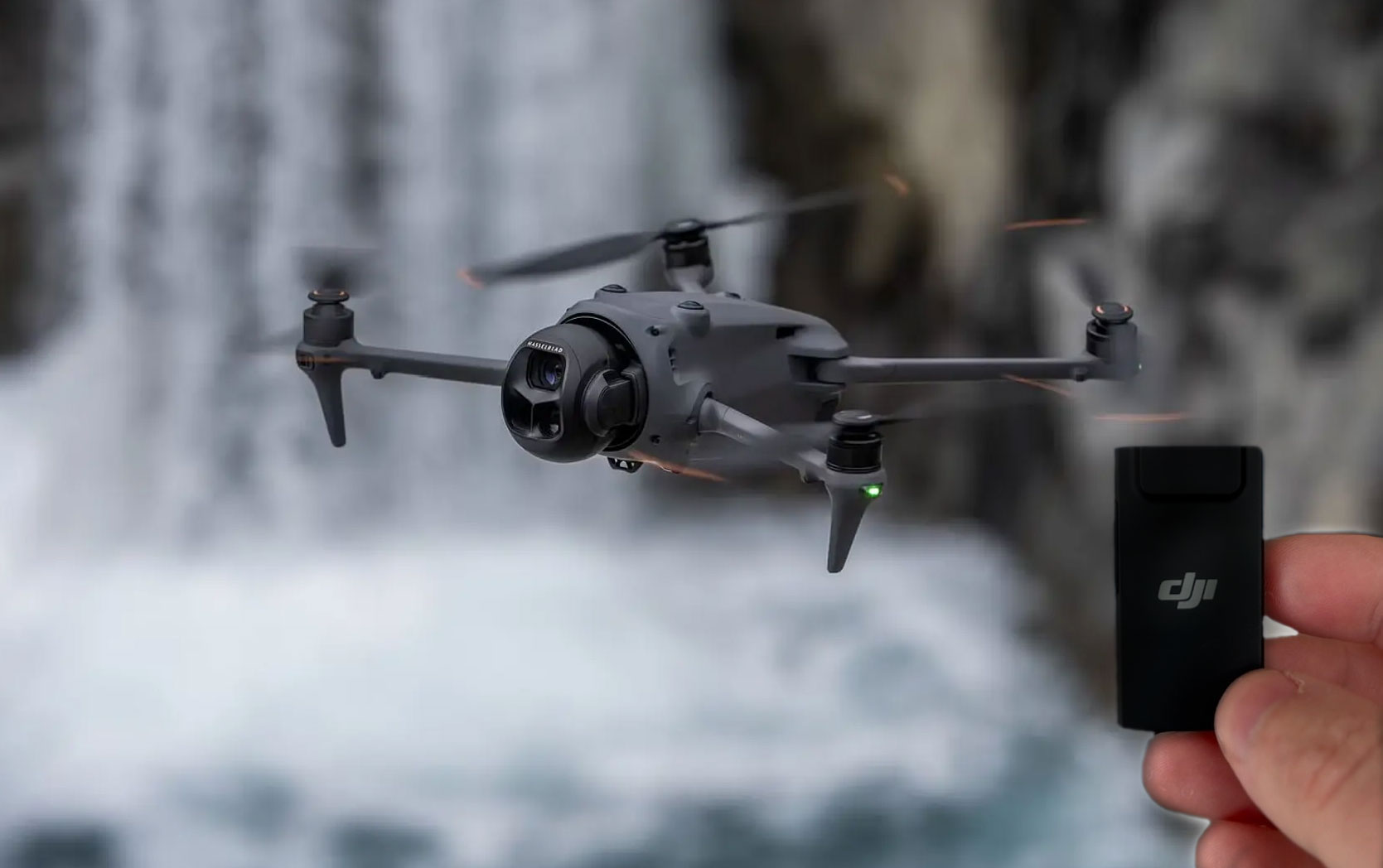
The DJI Mavic 4 Pro represents a bold step forward in drone technology, built for...
READ MORE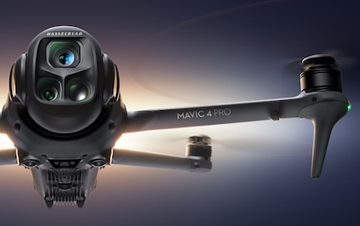
I finally received my DJI Mavic 4 Pro last Thursday after months of eagerly waiting...
READ MORE
Radiomaster has recently launched the SBUS Wireless Trainer Module , a compact and affordable solution...
READ MORE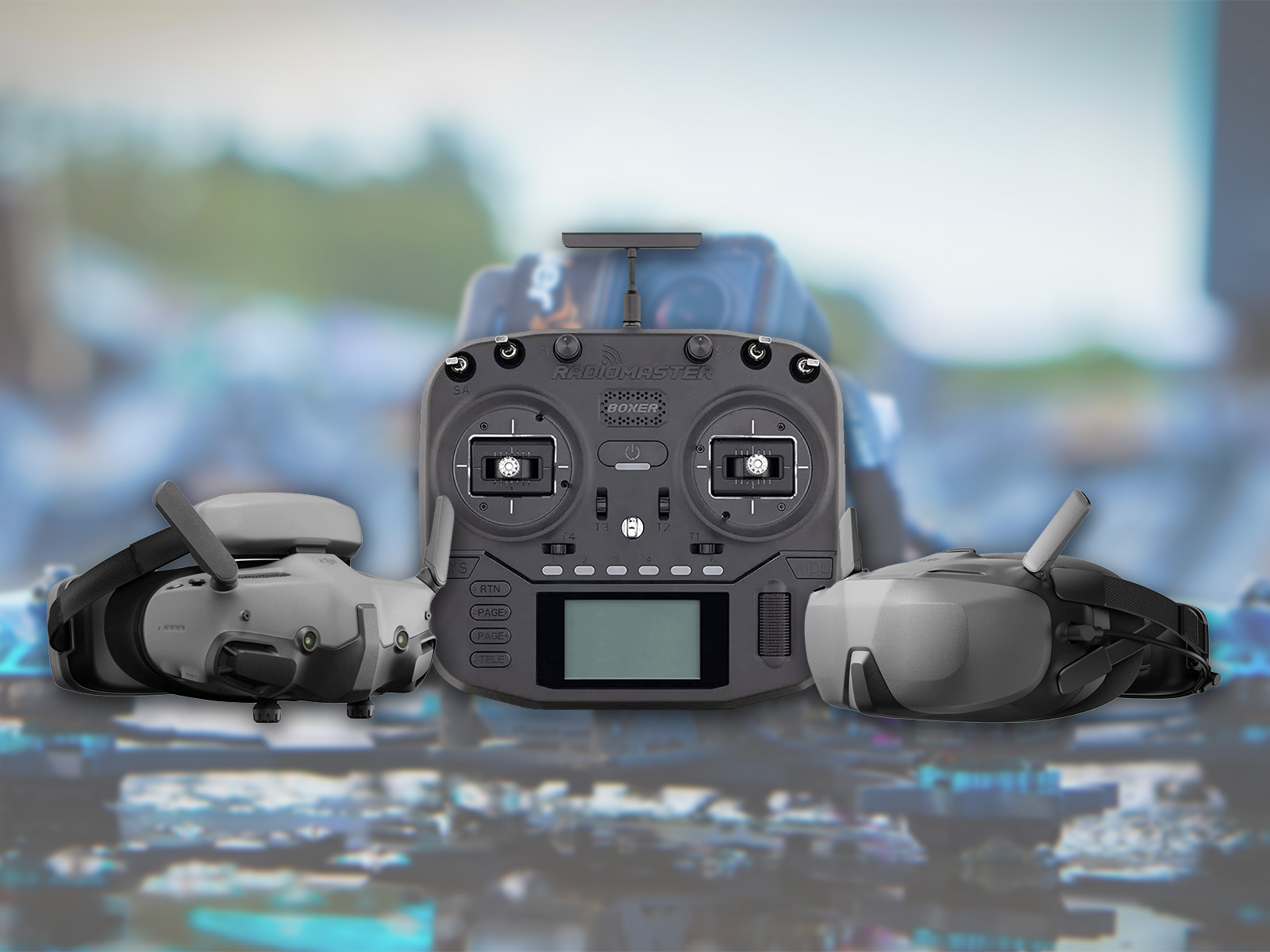
The release of DJI’s O4 system has sparked excitement among FPV pilots, but some users...
READ MORE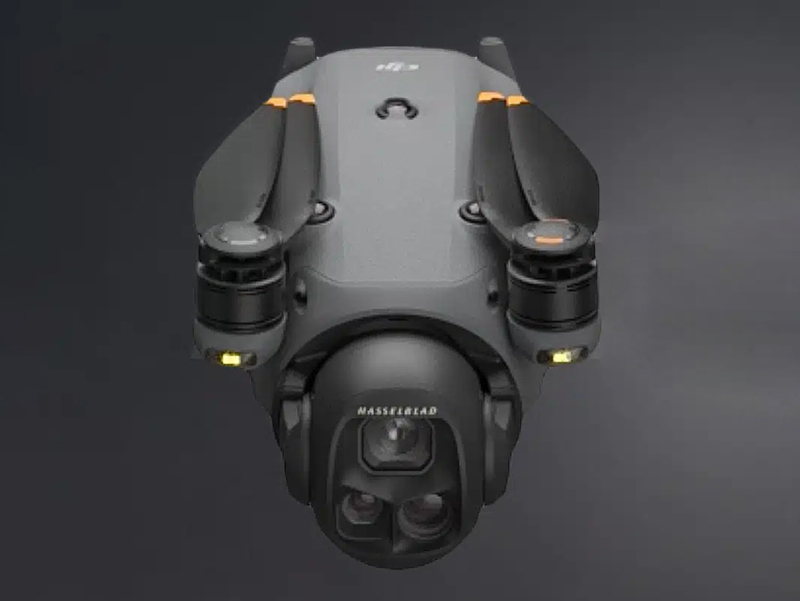
The highly anticipated DJI Mavic 4 Pro is set to launch soon, and new leaks...
READ MORE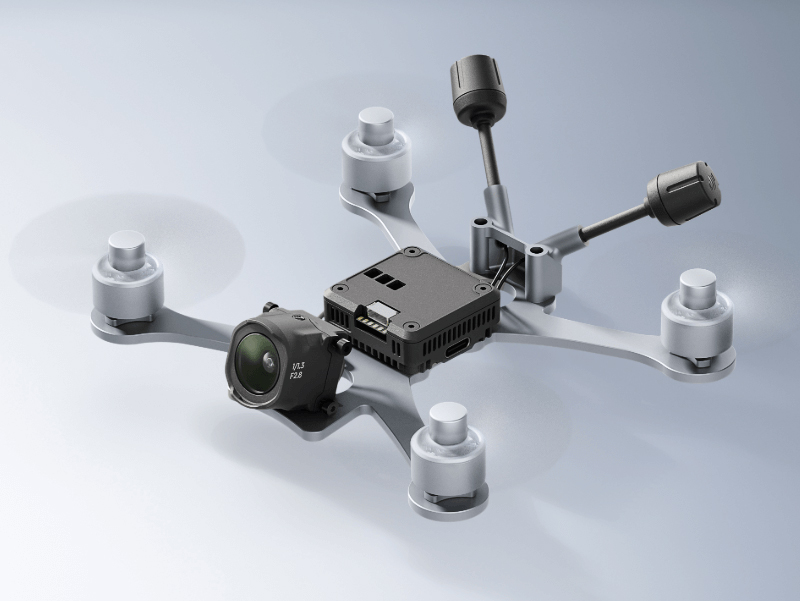
The DJI O4 Air Unit Pro represents a significant advancement in the realm of FPV...
READ MORE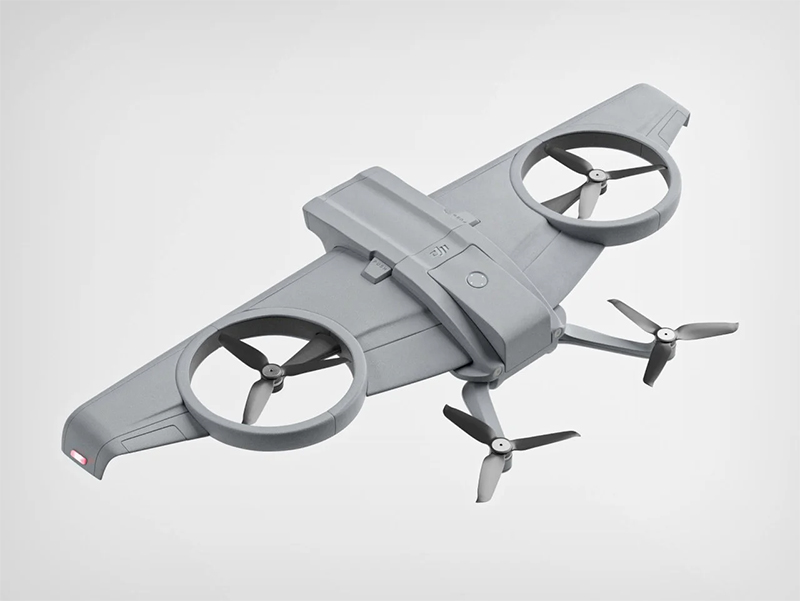
The DJI Glide is not your average drone. This innovative concept, designed by Baptiste Grenon...
READ MORE